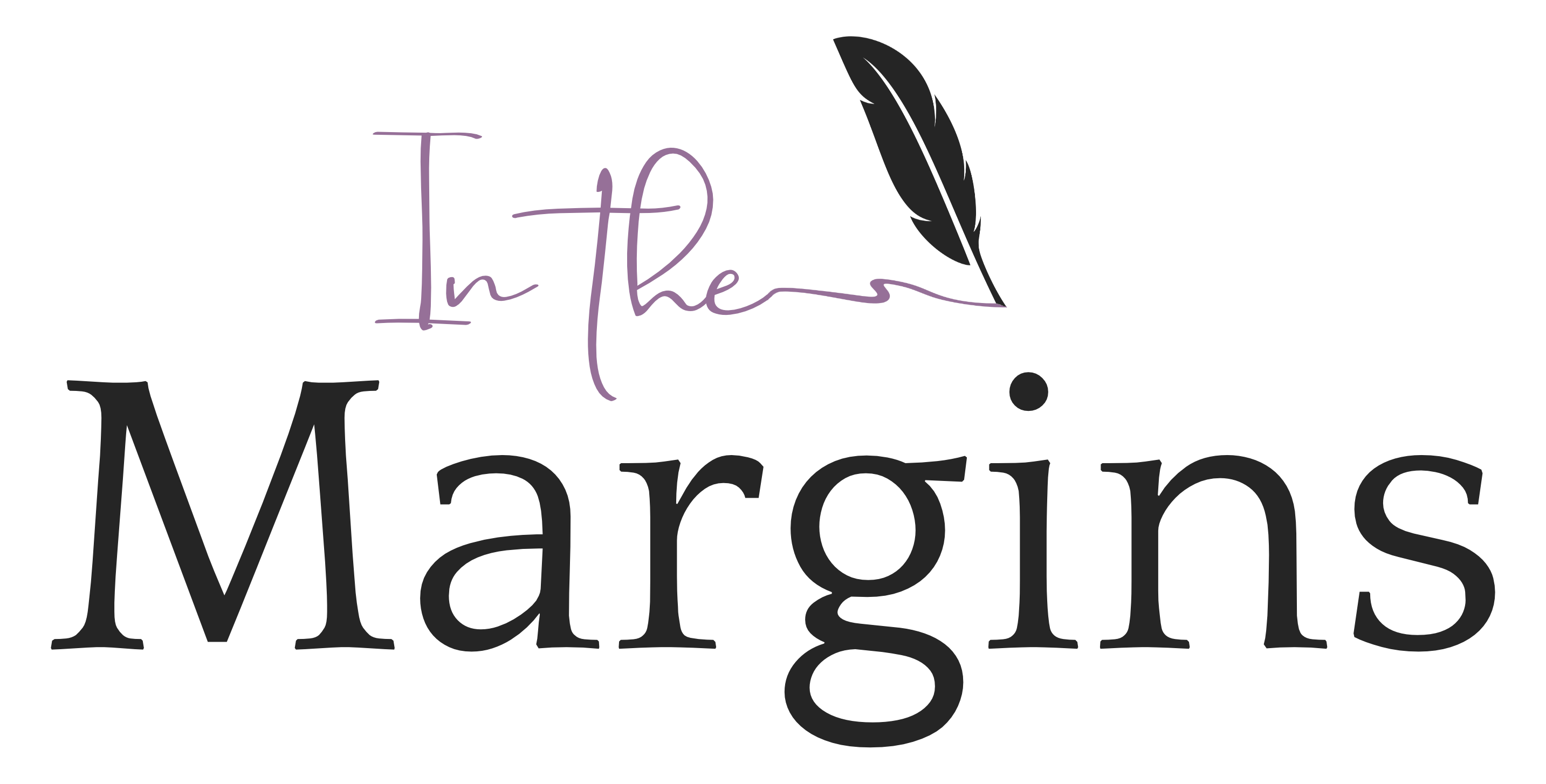A lot of folks struggle with the difference between the hyphen (-), the slightly longer en dash (–), and the even longer em dash (—).
And they can be confusing!
Here’s a very quick overview:
Hyphen (-)
A hyphen is used to create a compound (cake-loving woman) or when a word is broken between lines.
En Dash (–)
The en dash is used in ranges of numbers or time (she read pages 89–202) in formal print, while in informal situations we often default to the hyphen. It can also be used for more complicated compound situations.
Em Dash (—)
The em dash, love of many of our lives, can be used as a stronger replacement for a colon, parentheses, or commas. It’s not as strong as a semicolon or period, but works great to draw the reader to important or surprising info. It’s also used to indicate when dialogue has been interrupted.
Wrapping Up
Although just to keep you on your toes: there may be variations in the exact usage of each depending on which style guide you’re following. This is why having a solid copy editor to work with is so important. (And no, I’m not a copy editor, just a fan. 🥰)




